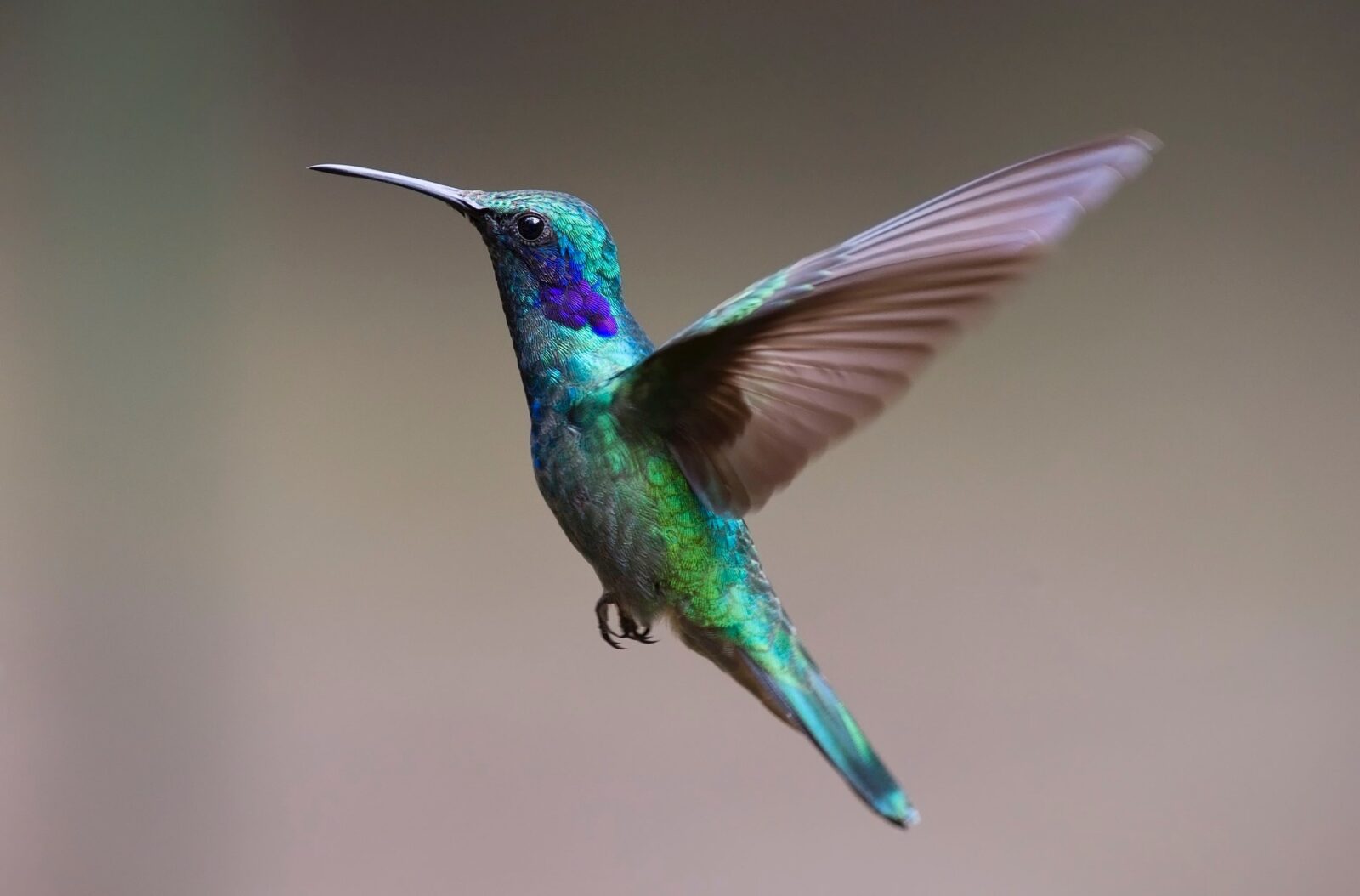Hummingbirds are popular thanks to their rapid flights, flashy colors, and the perpetual need for food to support their energy-intense activities.
The white-necked Jacobin hummingbird males can be told apart from females thanks to their eye-catching blue, green and white feathers.
Females normally have a paler, green look.
However, some females look similar to males, and it seems that there are some considerable advantages to that look.
A team of researchers from the Cornell university analyzed white-necked Jacobin hummingbirds in Panama and discovered that nearly 30% of the adult females have a similar aspect to the males.
The hummingbirds are oddballs of the bird world, as younglings normally all sport male-like plumage.
Over time, the male specimens keep their appearance, while the females evolve into the muted colors.
Jay Falk, an ornithologist of the University of Washington, stated:
“Our tests found that the typical less colorful females were harassed much more than females with male-like plumage. Because the male-plumaged females experienced less aggression, they were able to feed more often — a clear advantage.”
Falk is the study‘s lead author.
It was concluded that the male-looking females spent roughly 35% more feeding than regular females, which would certainly impact their wellbeing.
The researchers also analyzed the birds’ behavior toward taxidermied specimens and discovered that female-looking exemplars got more aggressive and sexual attention.
“Female white-necked jacobins retain the male-like plumage of their youth for social reasons. They avoid the bullies by looking like them,” the Cornell paper reads.
Curiously, the species of hummingbirds that were analyzed aren’t alone. There are numerous other hummingbird species where females get dressed in male plumage as a means of decreasing social harassment.
Feeding is a big deal in the animal kingdom, and being able to feed longer usually translates to a better chance of survival, so it’s safe to say that the female hummingbirds have developed a smart sense of fashion.












Leave a Reply